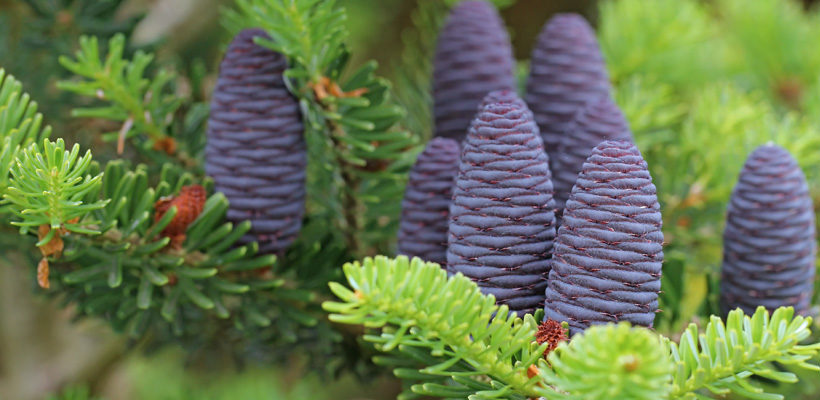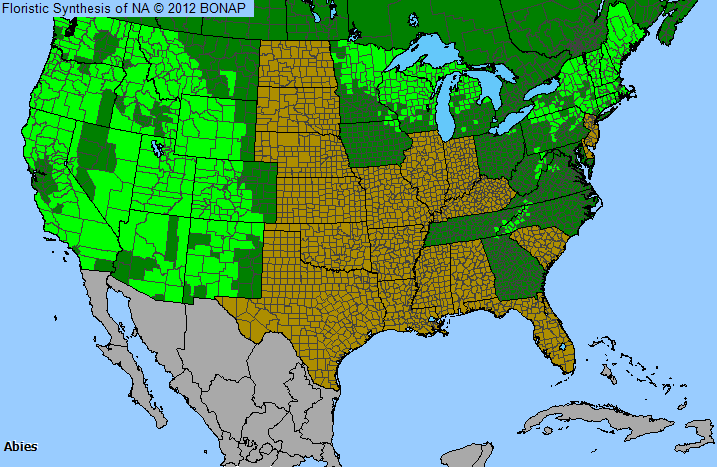
Plant Allergy Overview
Allergenicity
Low
Pollen Season
Spring
Type
Tree
Sub-Type
Evergreen
Allergy Information
Firs produce very large amounts of pollen annually in the spring and early summer, but have been reported to have little allergenic importance.
Genus Details
Firs are evergreen trees with a dense, compact pyramidal crown and upright cones. They prefer a cool moist climate. Nine species are native to North America and reach a mature height from 60 to over 250 feet. The needles, retained for more than two years, are usually flat with rounded tips and range from 1/2 to over 2 inches long. Cylindrical, upright cones (usually referred to as pine cones), or flowers, are located on upper branches.
Pollen Description
Pine grains are large due to their sacs or bladders, which make them one of the easiest pollen grains to identify. These sacs also allow them to be carried great distances by the wind. Among winged grains, the body is subspheroidal to broadly ellipsoidal. The bladders are generally reticulate or occasionally smooth.
Abies pollen grains can be as large as 160 micrometers.
Genus Distribution

The shaded areas on the map indicates where the genus has been observed in the United States.
 - Native, observed in a county
- Native, observed in a county  - Introduced, observed in a county
- Introduced, observed in a county  - Rarely observed
- Rarely observedAllergens & Plants Search
Enter a full or partial species name to find more information on one of over 1,200 potentially allergenic plants.
For example, you can find chenopods searching on "cheno"

